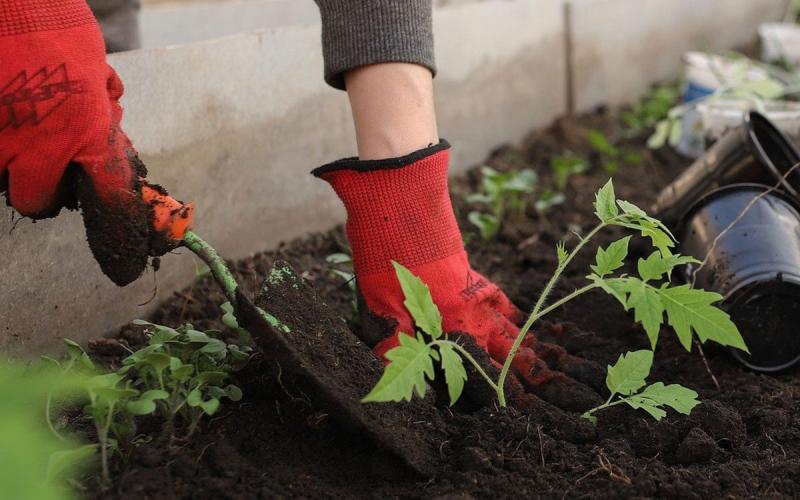The purple prairie clover (Dalea purpurea) is in bloom right now at the Prairie Butterfly Garden and each clump is abuzz with bumble bees, honey bees, and other pollinators. Not only is this native perennial highly attractive to pollinators, but it is also drought tolerant and deer resistant making it a hardy choice for your garden.
Purple prairie clover is a member of the legume family and as such, will fix nitrogen into the soil. This plant is often used in prairie restoration mixes, but it will be right at home in your garden. Once established, the large taproot enables it to withstand dry conditions.
The foliage of this plant is comprised of narrow leaflets, giving it a delicate appearance. The cone-shaped heads are held singly atop a thin stem. The cones bloom from the bottom up, enabling each head to put on an extended show of bright purple flowers . When in bloom, purple prairie clover is very attractive to bees and butterflies. You can easily see the orange pollen packed onto the legs of honey bees and bumble bees working the flowers.
Plants to Know At a Glance
- Scientific name; Dalea purpurea
- Common names: Purple prairie clover
- Plant size: 1 – 3 ft
- Flower color: Purple
- Bloom period: July – Aug.
- Growing conditions: Full sun, dry soil
- Why you should plant it: Drought tolerant, deer resistant, very attractive to bees and butterflies


